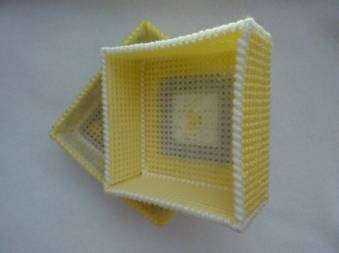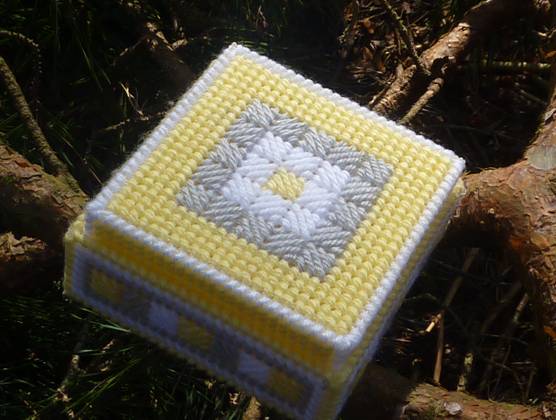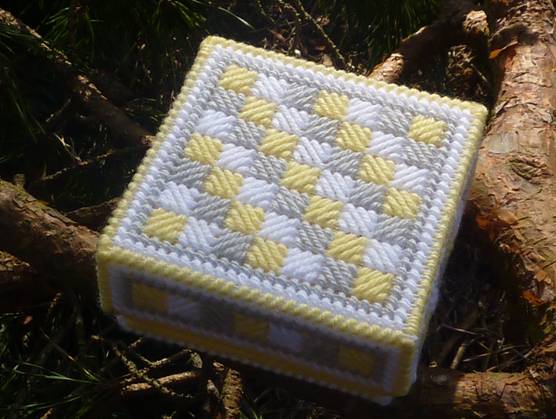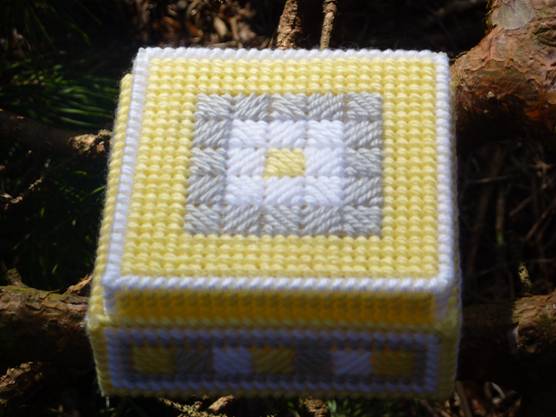
Salty Sam’s Fun Blog for Children
Number 273
Hurricanes
Hello Everyone

We went down to the beach this week for a walk, there was nobody else around, but it was a bit windy and walking on a sandy beach in the wind can be a bit uncomfortable when the sand blows in your face!
Of course, we rarely get winds that are as strong as some parts of the world.
l have been to places where people live with the likelihood of being hit by very strong winds on a regular basis. lf you are out at sea when this happens, it is not a very nice experience. ln fact, it is very scary indeed!
The strongest winds are called hurricanes or typhoons.
Hurricanes are found in the Atlantic and typhoons are found in the Pacific. ln the lndian Ocean and Australia they are sometimes called cyclones.
They are giant spiralling tropical storms that are hundreds of miles across; maybe up to 600 miles. They can produce winds that are over 200 miles an hour at their worst! But most are nearer to 100 miles an hour. These winds, of course, are very destructive.
They can dump enormous amounts of rain as well, causing widespread flooding and landslides to cause damage. The sea can create massive waves that hit shore and create more flooding. This is called a storm surge and is usually the cause of the most loss of life. Up to 90% of hurricane deaths are caused by storm surges. This has happened as far north as New York.
The hurricane season lasts from June to November. Most hurricanes are in the autumn. There may be up to a dozen hurricanes within that time but some are worst than others.
Some are so bad that government authorities tell people that they have to leave their homes and hide in shelters or even flee to another part of the country where they are more likely to be safe. lt is not so easy when you live on a small island but it is still a good idea to try and get away from the coast and find higher ground.
You will notice that in areas where hurricanes and typhoons are commonplace the vegetation is adapted to withstanding high winds. The tall coconut palms that you see being whipped about by the tropical storms are very bendy. Trees that bend in the wind are less likely to snap.
Hurricanes begin in warm oceans.
They are what are called ‘low pressure systems’ which form in the air – these are fed by the energy from the heat in the sea. The heat and moisture is drawn up into the sky in towering clouds and turn into thunderstorms.
When a tropical depression becomes a tropical storm with winds of 39 mph, it is given a name. The names are listed in alphabetical order. This has been happening since the late 1800s.
When the winds reach 74 miles an hour, it becomes a hurricane.
These hurricanes are categorised in a scale of 1 to 5 – the higher the number, the stronger the wind.
The most destructive hurricanes are remembered by their names – like Andrew across the Bahamas and the USA in 1992, Hurricane Mitch in 1998 across the Caribbean, Central America and Florida and Katrina in 2005 in New Orleans and rest of the south eastern part of the United States.
lrma hit in 2017 and Florida and many Caribbean islands were badly damaged. lt was the strongest hurricane ever recorded with winds of 185 mph but then Hurricane Dorian hit the Bahamas badly in 2019 also with winds of 185 mph.
Haiyan in 2013 was the strongest typhoon with winds of 200 mph.
ln the tropics, these storms can become huge and powerful because of the heat generated there. They spin round in large cloud formations that can be seen from satellites in space. ln the centre of this twisting mass of clouds is a clear, cloudless circle known as the ‘eye’.
The eye is usually about 20 to 30 miles across and here the winds are quite calm. Around the eye is a wall that contains the highest winds and the heaviest rain. This place is called the eyewall.
When the eye of the hurricane passes overhead an eerie quiet falls. Blue skies can be seen above and the wind drops. The birds don’t sing; nothing stirs; it is although nature is just waiting for the next onslaught of devastation with baited breath.
And of course, the people who live in areas where hurricanes are common will listen to weather reports constantly through hurricane season.
lf a hurricane is on its way, they will want to board up their windows and throw their patio furniture into the swimming pool to keep it from blowing away. Any loose objects left outside are likely to blow away and become missiles to be smashed into other things when they are blown about in the wind.
A hurricane usually last for about a week and can travel across many islands and countries as it makes its way across the ocean at about 10-20 miles an hour. Some hurricanes last up to a month.
The spiralling movement of a hurricane is anti-clockwise in the Northern Hemisphere and clockwise in the Southern Hemisphere.
Sometimes, hurricanes make their way across the Caribbean Sea and either move into the Gulf of Mexico or up the East coast of the United States. By the time they reach New England and Canada they have lost a lot of their strength. lf they then make their way across the Atlantic to Europe they are usually a very strong wind. The storm loses power when it cools or travels across land; it is warm sea that gives it power.
When a hurricane is forming it is watched very closely to see how it behaves.
There are special planes which fly into the hurricane to get more information about it. The planes carry radar, weather measuring instruments and sophisticated computers. The mission wants to gather information about temperature, air pressure, humidity and wind speed and direction.
The instruments take information at different levels, so the planes have to fly backwards and forwards across the storm maybe four, five or six times. lt takes about ten hours to complete this work.
This is quite dangerous work, but it enables weather stations on the ground to make far more accurate forecasts to members of the public who will want to make plans in order to keep their families, pets, farm animals and businesses safe.
Measurements are also taken from satellites, sea buoys, ships and ground-based weather instruments. And nowadays drones are dropped from aeroplanes into the hurricanes too. They are deployed into the strong winds above the sea’s surface – this is a dangerous place for people to be.
lf the east coast of Florida is evacuated for example, people lock up their houses and pack their cars with their families and supplies for a long journey and travel north or west away from the coast.
The people will take a battery operated radio to listen to the news while they travel. They will take a battery operated torch, canned food and a tin opener of course, a first aid kit, pet food, bottled water, a map and plenty of clothing.
They also need to fill up their car with petrol and take some cash to buy anything else they need along the journey because the banks will close and the ATM machines will not be filled up with money and may not work at all if power is lost.
Large streams of traffic block up the main roadways but the police give warnings to anyone who stays that if they get into trouble, nobody will come to their rescue. Whole buildings can be washed away in storm surges. lt can be very dangerous to stay.
As l said, the most destructive part of the hurricane is usually the storm surge that follows the winds – the rising level of the sea water that washes over the land.
What can be done to lessen this problem?
Well, actually there is something that can really help a lot, and it is a natural phenomenon found off the coast – and that is coral reefs.
Coral reefs reduce the force of the waves before they hit the land by up to 97% as long as the reef crest is strong, healthy and sitting high enough in the water. The circular motion of the waves from the top of the wave to the sea floor creating strong currents is broken up by the fingers of coral and the force of the water flow is slowed down.
But coral reefs have been having problems recently.
Corals often die when they are affected by temperature change and so they have been badly affected by global warming.
And off the coast of Australia a plague of crown of thorn starfish have been eating coral reefs – up to a metre a day.
Scientists have been monitoring the reefs of the world to see what can be done to help them.
They have been trying to grow new strains of coral in laboratories that can withstand higher temperatures in their sea home.
Drones called a ranger-bots have been working around the clock to spear the crown of thorns star fishes in order to reduce their numbers.
lf the reefs can be maintained and expanded, they could provide an effective answer to hurricane damage.
So now the wind we encountered on the beach the other day really doesn’t seem that bad now!
Hmm – but l still needed a hot chocolate to warm up.
![]()
Bye bye everyone – don’t forget to subscribe to my blog!
lf you like my blog, please support it by telling all your friends and followers about it.
Thank you!
And see you again next Fun Friday!
Love and kisses
Salty Sam

www.christina-sinclair.com


Bill and Bob’s Joke of the Week![]()
![]()
Bill: Did you hear about Cousin Vicky?
Bob: No, what happened?
Bill: She went on a diet, and now she is so thin that she has to walk around under the shower to get wet!

Salty Sam © Christina Sinclair 2015
Unauthorized use and/or duplication of material from this blog without express and written permission from this blog’s author and owner is strictly prohibited.
Links may be used to www.christina-sinclair.com

Picture Gallery
 Cyclones can be seen from space
Cyclones can be seen from space
 Hurricane Andrew making its way across Florida
Hurricane Andrew making its way across Florida
 Hurricane Andrew made more than 160,000 people homeless
Hurricane Andrew made more than 160,000 people homeless
 Hurricane Katrina
Hurricane Katrina
(The Huffington Post)


 THE SALTY SAM NEWS DESK
THE SALTY SAM NEWS DESK

Did you know that it is possible for you to make a barometer from things that you have around the house?
A barometer is an instrument that measures air pressure – and air pressure can tell you about what kind of weather is on its way.
If you look at the weather forecast on the television, you will see areas of low pressure and high pressure marked on the map with swirling lines.
High pressure generally means fine weather – that means that it isn’t going to rain. In the summer fine weather means sunshine and warmth but in the winter it means clear skies and chilly temperatures, maybe even frost.
Low pressure is likely to bring rain.
- You need to cover the top of a very large can with cling film.
- Stretch it taught and hold the cling film in place with a large elastic band stretched around the can
- High pressure will make the film cave in
- Low pressure will make the film puff up
- In order to measure the difference you can tape a straw to the cling film and have it pointing to a piece of card taped to the side of the can (so that it sticks up above the side)
- Mark the card with a pencil to show where the end of the straw reaches to
- Fifteen minutes later mark the card again
- High pressure will make the straw go up and low pressure will make the straw go down


*********************
TO ADVERTISE ON THIS BLOG
PLEASE CONTACT:
christina.sinclair.ads@aol.co.uk
*********************


Quick Quiz
Can you un-jumble these weather words?
- Nari
- Nidw
- Steel
- Swon
- Liah
- Danroot
- morts




lt’s the Weekend!

HOW TO MAKE A STAMP COLLECTlNG BOX
Do you collect postage stamps for charity?
Here is a neat box to keep them in.
Remember to leave at least 1cm of paper around the stamps when you tear them off the envelope.
And when you send them off, remember to put the correct postage on your envelope – this is very important. Check at the Post office, if you are not sure.

If you have stamps that have come from other countries, some charities appreciate you separating them from inland stamps.

STAMP COLLECTING BOX
This box will keep your used stamps neatly together.
You will need 2 sheets of 7 mesh 10.5 by 13.5 inches/26.7 by 34.3cm
First cut some panels:-
Outer lid top 26 x 26 holes 1 piece
Outer lid sides 26 x 8 holes 4 pieces
Inner lid top 24 x 24 holes 1 piece
Inner lid sides 24 x 7 holes 4 pieces
Outer base bottom 24 x 24 holes 1 piece
Outer base sides 24 x 10 holes 4 pieces
Inner base bottom 22 x 22 holes 1 piece
Inner base sides 22 x 9 holes 4 pieces

THE LID
- Work a line of white tent stitches around the outside of the top of the lid
- Work a line of grey tent stitches inside that row of stitches
- Sew rows of yellow then white then grey squares worked over 4 by 4 squares in Scottish stitch – remember to lay the yarn in different directions as you work
- Work the same pattern into the sides of the lid
- Sew the top to the sides and then down the corners using yellow yarn
- Sew the inner side panels to the larger panel using white yarn but don’t sew up the corners
- Sew the inside of the lid to the outside of the lid along the rim using yellow yarn

THE BASE
- Sew a yellow square into the centre of the outer bottom of the base
- Then sew some white squares around that and a row of grey squares encircling them
- Finish the rest of the panel in yellow tent stitch
- Cover the sides of the base with yellow tent stitch
- Sew the side panels to the larger panel using white yarn but don’t sew up the corners
- Sew the inside of the base to the outside of the base along the rim using yellow yarn

TO MAKE UP
- Sew the sides of the outer lid to the outer lid top with yellow yarn, then sew up the corners with yellow yarn
- Sew the sides of the outer base to the bottom of the outer base with white yarn, then sew up the corners with white yarn
- To make up the inner skins – sew the side panels to the larger panel using white yarn but don’t sew up the corners
- Sew the inner lid to the outer lid with yellow yarn along the rim – sew just into the outer skin for just 1 hole at each end because you have 2 more holes on the outer panel than the inner
- Sew the inner base to the outer base using white yarn along the rim – sew just into the outer skin for just 1 hole at each end because you have 2 more holes on the outer panel than the inner

The top of the box

The bottom of the box
Please note that the material on this blog is for personal use and for use in classrooms only.
It is a copyright infringement and, therefore, illegal under international law to sell items made with these patterns.
Use of the toys and projects is at your own risk.
©Christina Sinclair Designs 2015


Quick Quiz Answers
- rain
- wind
- sleet
- snow
- hail
- tornado
- storm

A tornado


